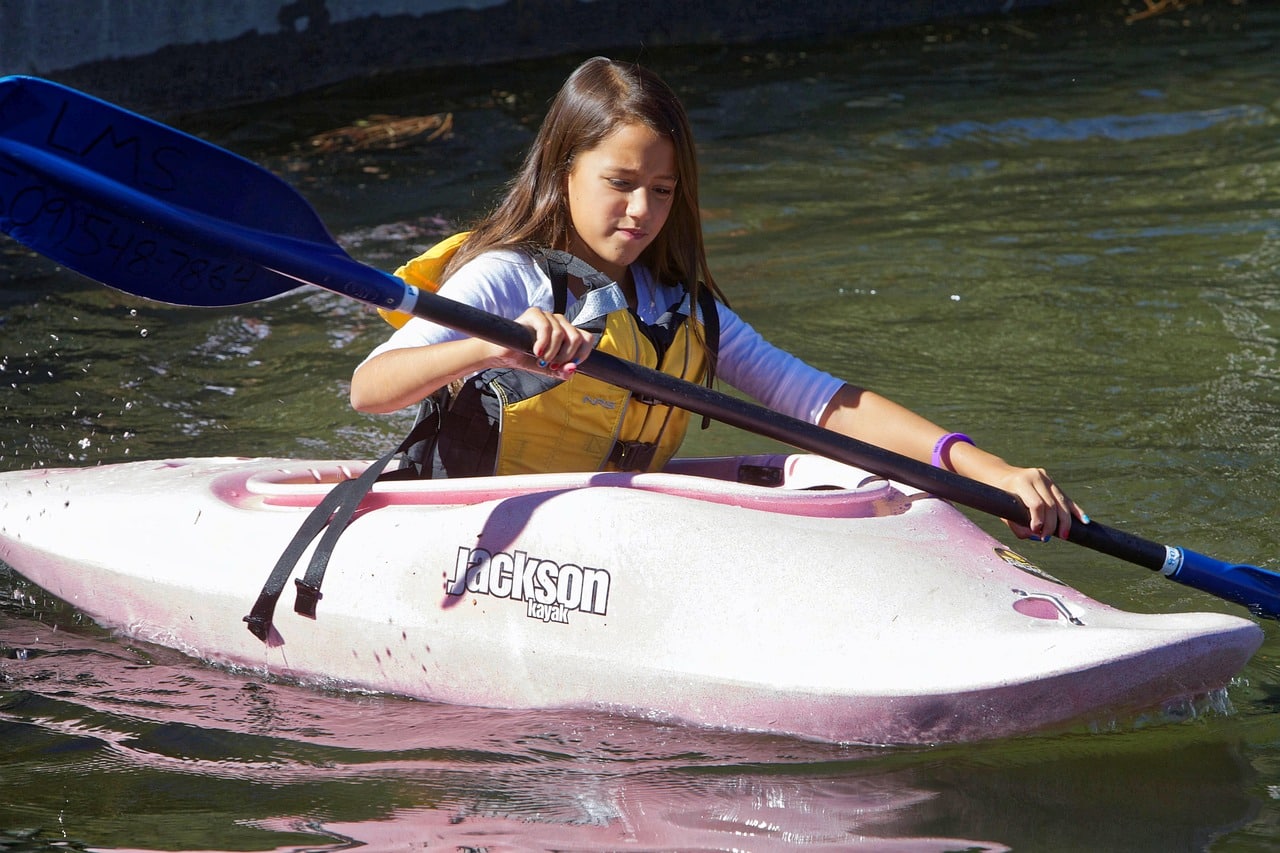Kayaking with Kids: A Family Adventure Guide

Kayaking as a family can be a fantastic way to bond, explore, and instill a love for nature in your children. It's an adventure that can be both exciting and educational, offering kids a unique perspective on the world around them. However, ensuring a safe and enjoyable experience requires some planning and preparation, especially when it comes to the right gear, safety protocols, and activities to keep the young ones engaged. Here's your guide to creating memorable family adventures on the water.
Choosing the Right Gear: Kid-sized Paddles and Kayaks
Kayaks for Kids: When selecting a kayak for a child, stability is key. Look for wide, sit-on-top kayaks that offer a steady base for young paddlers. There are kayaks designed specifically for kids, which are smaller, lighter, and easier for them to maneuver.
Paddles: A child's paddle should be lightweight and sized appropriately for their height and strength. A general guideline is to have the child hold the paddle vertically, with their hand able to comfortably reach over the top of the blade.
Personal Flotation Devices (PFDs): Invest in a properly fitting, coast guard-approved PFD for each child. The best PFD is one that they're comfortable wearing, as they should have it on at all times on the water.
Additional Gear: Waterproof sunscreen, hats, and sunglasses will protect kids from the sun, while snacks and water are essential for keeping them energized and hydrated. Waterproof bags or cases for any electronics and dry bags for clothing and towels are also crucial.
Safety First: Essential Tips for Keeping Young Paddlers Safe
Swimming Skills: Ensure that children are comfortable swimmers before taking them kayaking. Swimming lessons and water safety education are invaluable.
Practice First: Before heading out, practice paddling with your children in calm, shallow waters. Teach them basic kayak control and how to safely enter and exit the kayak.
Stay Close: Keep children's kayaks tethered to an adult's kayak, or have them ride in a tandem kayak with an adult until they're proficient paddlers and understand basic safety rules.
Plan for Emergencies: Equip each kayak with a whistle and a basic first aid kit. Make sure children know what to do if they capsize: Stay with the kayak, and blow the whistle in sequences of three to signal for help.
Fun Activities: Games and Educational Opportunities on the Water
Nature Bingo: Create bingo cards with different plants, animals, and objects that you might see on your trip. It’s a fun way for kids to engage with their surroundings.
Kayak Races: Organize short races or relay races in a safe, calm area. This can help children improve their paddling skills while having fun.
Photography: Encourage children to take photos or draw pictures of what they see. This not only keeps them engaged but also fosters a deeper appreciation for the environment.
Water Quality Testing: Bring along simple water testing kits. Kids can learn about the importance of clean waterways and the basics of scientific investigation.
Conclusion
Kayaking with kids opens up a world of adventure, learning, and quality family time. With the right preparation, gear, and a focus on safety, you can ensure that your kayaking trips are not only fun but also safe and educational. It's about creating lasting memories and fostering a lifelong connection with the great outdoors. So pack your kayaks, grab your paddles, and set off on a family adventure that you'll all remember for years to come.
